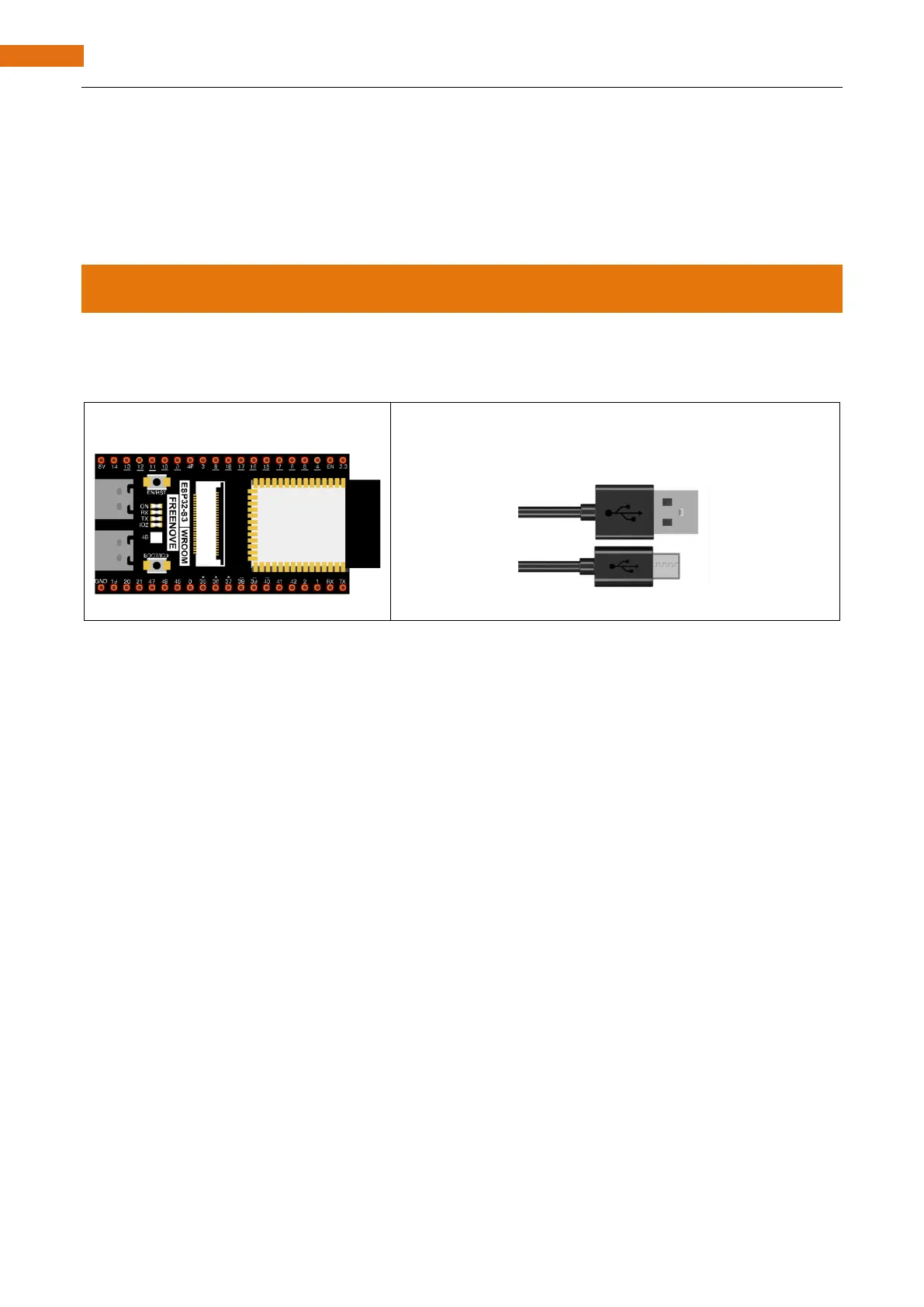Component knowledge
ESP32-S3's integrated Bluetooth function Bluetooth is a short-distance communication system, which can be
divided into two types, namely Bluetooth Low Energy(BLE) and Classic Bluetooth. There are two modes for
simple data transmission: master mode and slave mode.
Master mode
In this mode, works are done in the master device and it can connect with a slave device. And we can search
and select slave devices nearby to connect with. When a device initiates connection request in master mode,
it requires information of the other Bluetooth devices including their address and pairing passkey. After
finishing pairing, it can connect with them directly.
Slave mode
The Bluetooth module in slave mode can only accept connection request from a host computer, but cannot
initiate a connection request. After connecting with a host device, it can send data to or receive from the host
device.
Bluetooth devices can make data interaction with each other, as one is in master mode and the other in slave
mode. When they are making data interaction, the Bluetooth device in master mode searches and selects
devices nearby to connect to. When establishing connection, they can exchange data. When mobile phones
exchange data with ESP32-S3, they are usually in master mode and ESP32-S3 in slave mode.
